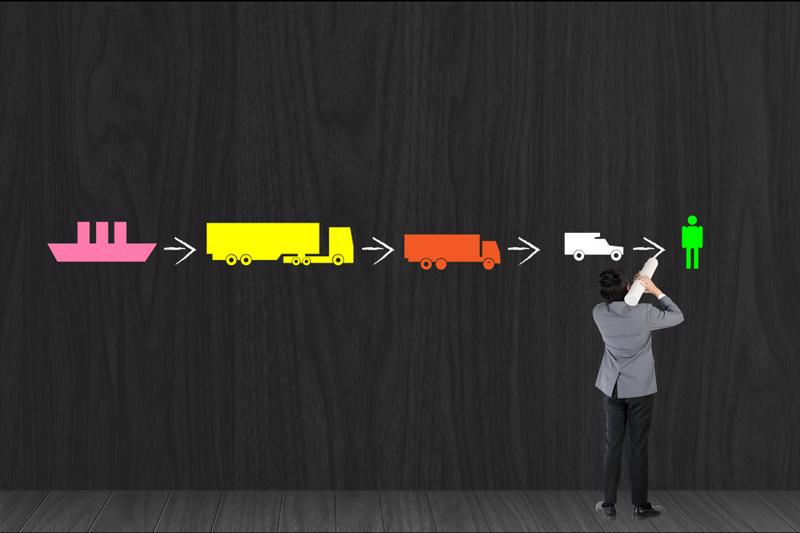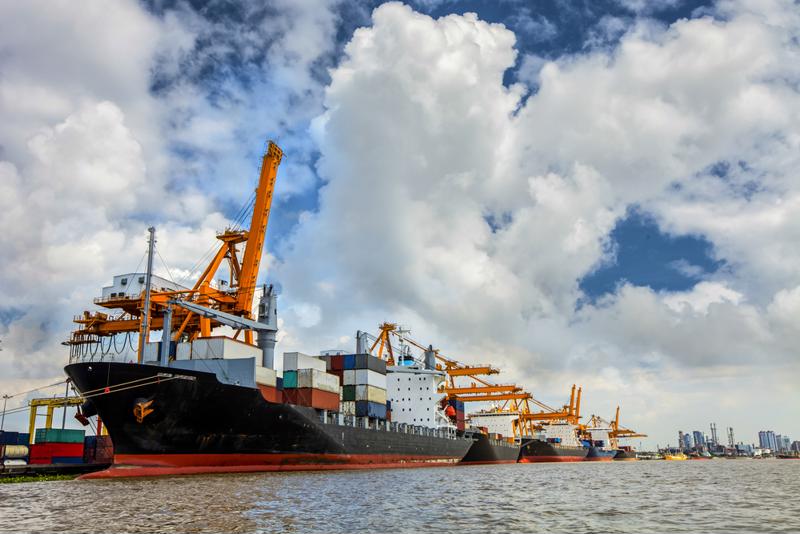5 step process to improve supplier diversity in your IT
organization
When procurement leaders are tasked with planning their annual
goals and objectives, supplier diversity milestones are often at the bottom of
the priority list. This is especially true in the IT category. In the past, achieving
IT supplier diversity goals appear as a daunting task, as there are very few diverse
suppliers that occupy the arena.
Let us break down the myth that surrounds IT Procurement and
Supplier Diversity with these 5 steps that you can take to reach and surpass
your SD objectives.
To begin, we must align on the definition. A Supplier
Diversity Program is defined as a “proactive business program which encourages
the use of minority-owned, women-owned, veteran-owned, LGBT-owned, service
disabled veteran-owned, historically underutilized business, and Small Business
Administration (SBA)-defined small business concerns as suppliers.”
So how can you bring this to life in your IT organization?
- 1. Evaluate your IT Spend
The first step may be the most obvious. To make improvements,
you need a starting point. Begin by building a cohesive database of all current
IT spend. Start with the easily identifiable areas. These would be your Tier I
suppliers. Tier I suppliers consist of suppliers that have an active contract
in place. Develop an accurate depiction of each supplier profile to capture
which suppliers are diverse. You may be surprised by who this includes. Contact
your Tier I IT suppliers with a list of questions that will help you build a
supplier portfolio and segment each supplier into the relevant category. For the
purposes of this exercise, the main objective is to build a supplier diversity
database that is easily accessible with visible spend data.
Next, dig deeper. Administer a survey to these suppliers
that allows you to capture Tier II suppliers' diversity status. Often, this is
an area that is overlooked. Tier II includes suppliers of your Tier I suppliers.
Organizations are adopting the methodology that Tier II supplier spend should be included
in the overall performance metrics of the SD program. Without these Tier II
suppliers, Tier I activity comes to a halt. It can be argued that Tier II
suppliers are just as important to the business as the suppliers that they
support (Tier I). By incorporating this next level, your SD spend can
potentially drastically improve as you unlock more data. In the IT world, this could be expansive.
- 2.
Once identified, set a goal
Now that you have a general snapshot of SD spend, assign a
goal that your organization should achieve. This goal should be attainable, but
not easily. Consider developing multiple goals/milestones that push your organization
to new heights. First, a near-reach goal. This is a goal that should be easily
attainable within the year and not require much effort. Consider 5% of the total. Then
a target goal. This goal should require some effort, but is still attainable
with the proper procedures in place. Perhaps 10%. Lastly, a stretch goal. This
goal is possible, but not entirely likely without valiant effort and many
champions pushing the cause. 15-20%.
Utilized benchmarks in your industry to set these percentages.
Research what other similar companies have established as their supplier diversity
spend goals. Solicit feedback from department heads and leaders in the
organization to determine what is truly feasible.
- 3.
Make a plan and prepare
Now that you have data and objectives in place, plan your
execution. Consider including supplier diversity requirements in all relevant
performance goals. If possible, make it a requirement that procurement
professionals involve diverse suppliers in their sourcing initiatives as often
as possible.
Consult with your senior management to capture a holistic
view of what the organization can act upon. This will allow you to gather
champions of the cause and improve employee involvement in your initiatives. From
there, you can develop a cross-function team or council to guide/influence the
plan as you develop synergy throughout the organization.
- 4.
Execute/support the sourcing teams
Once you have the support, ensure that you put the cross-functional
team in place and make progress on putting the plan into action. The team’s
function is to carry out the plan with your facilitation. To do this, you
should provide a web-based database that contains supplier information and
resources. You want to make including diverse suppliers in upcoming opportunities
as easy as possible for your procurement professionals.
The goal here is to improve ease of use with your newly established
SD program. Making change hard for the end-user only complicates the process
and stifles your ability to reach your SD goals.
In addition, consider mentoring diverse suppliers and providing
education and training. This could include RFP coaching, improving on key
supplier scorecard metrics, and providing funding for growth and expansion,
allowing the diverse supplier to improve the overall service and offering to
your organization. This is a win/win scenario for all involved.
By establishing the proper supplier diversity infrastructure
in the procurement organization, you increase awareness throughout the company
while building the right partnerships that contribute to the bottom line,
effectively improving profits and efficiency.
Another helpful action to the teams you support would be to
recommend and qualify diverse suppliers to the sourcing team. Once again,
make their job easier, not harder, when introducing new requirements.
Lastly, be sure to monitor new and existing business,
contracts, and bidding opportunities for diverse supplier participation. This ongoing
supplier management will ensure that you continue to bolster and expand the
supplier diversity program.
- 5.
Metrics and continuous improvement/marketing
Finally, you can marvel at the success story you created. Design,
install and maintain metrics to measure and report the performance of diverse
suppliers throughout the process. Monitor progress toward meeting goals and
objectives, measuring success, and recommend directional changes or actions. Develop
communications plans, marketing tools, and rewards/recognition systems to
promote supplier diversity. Plan, organize, conduct, and participate in
organization-sponsored diversity presentations and events.



























